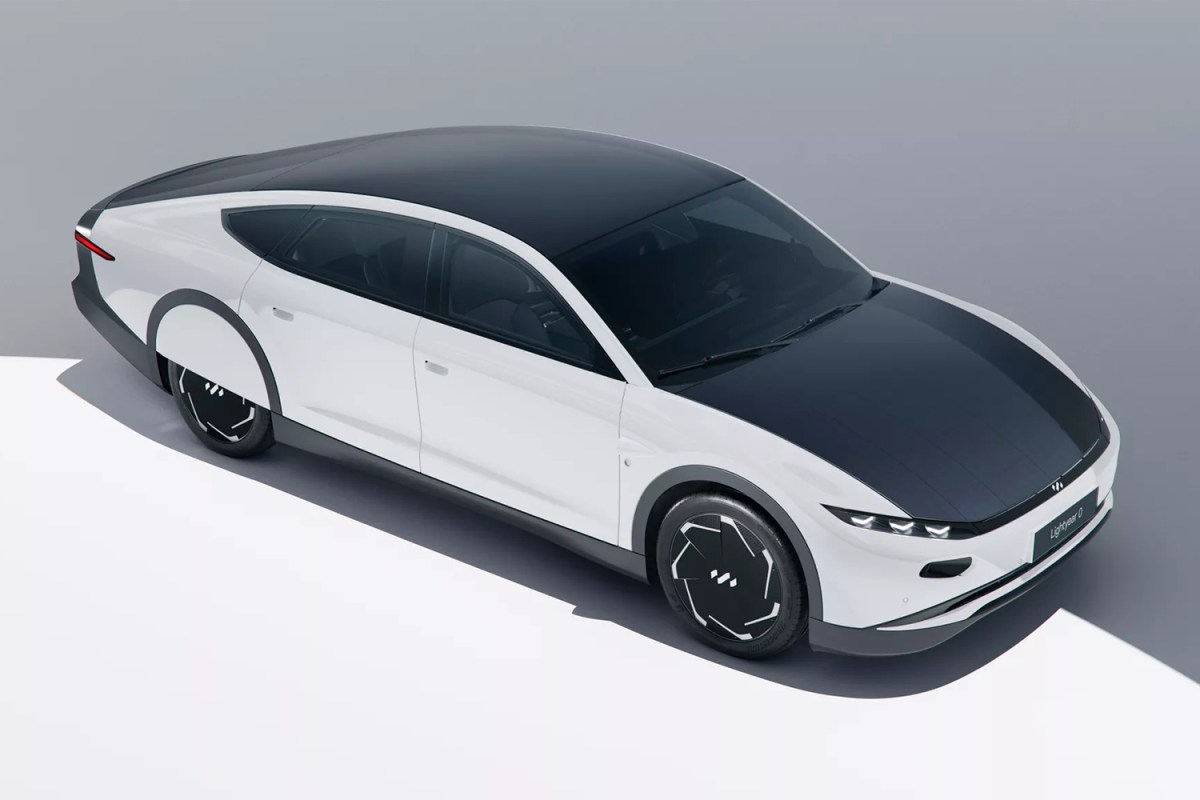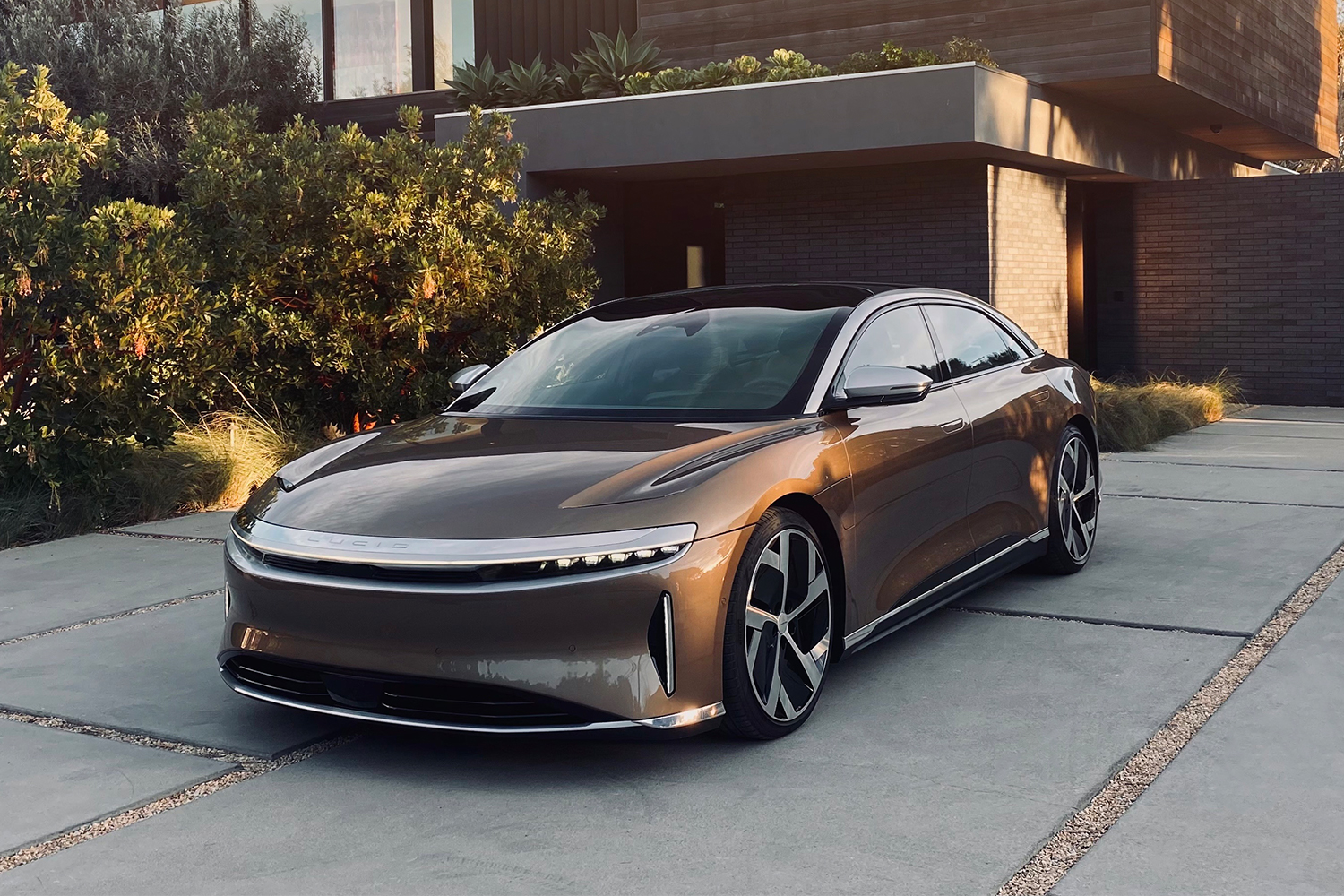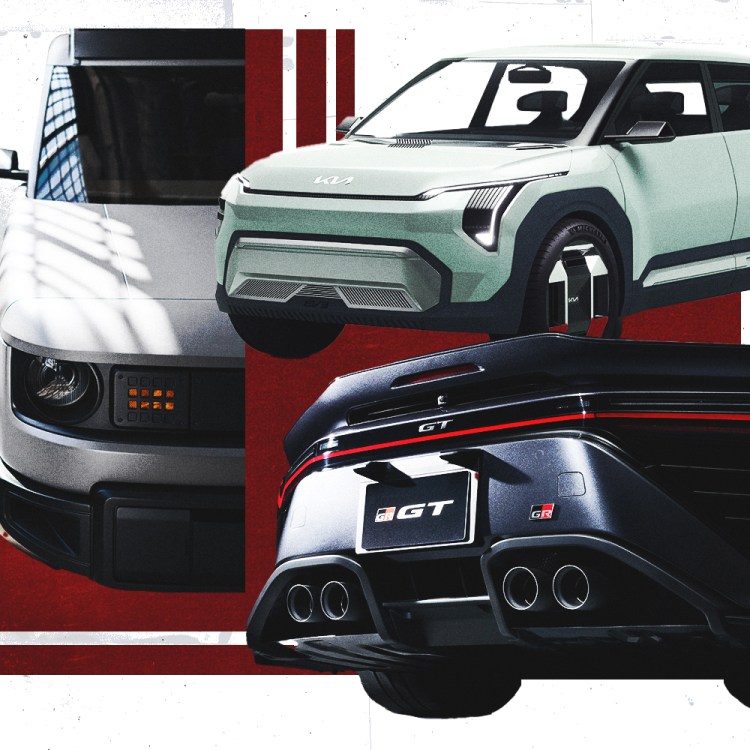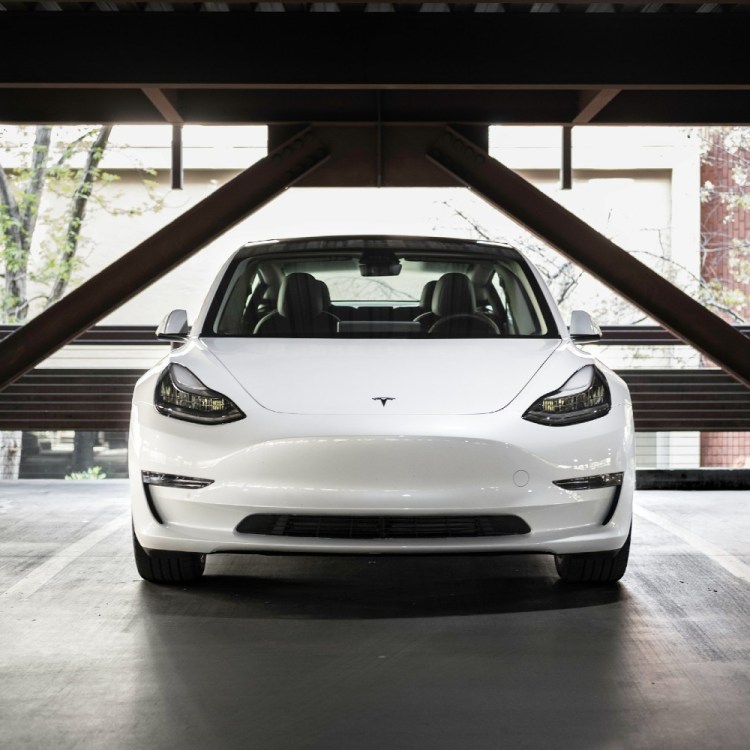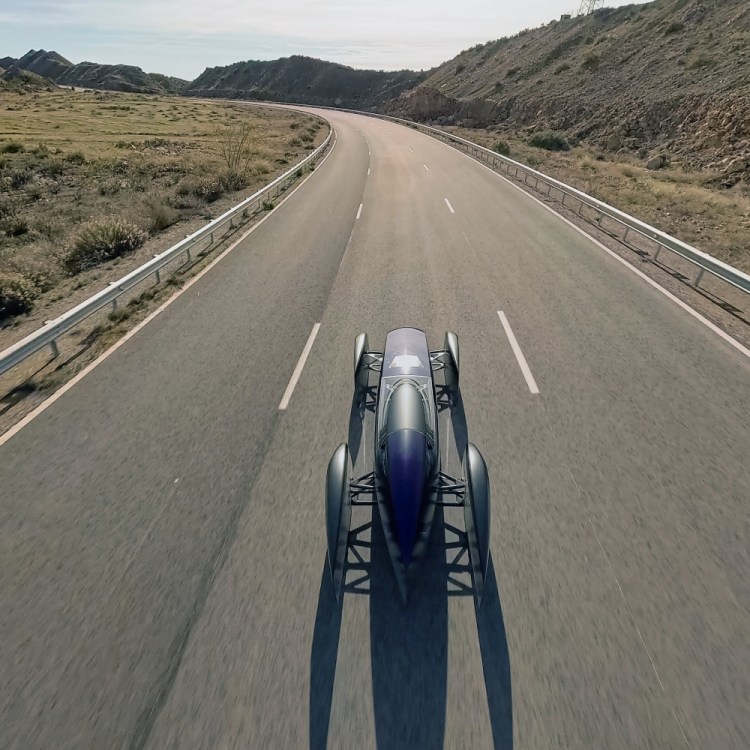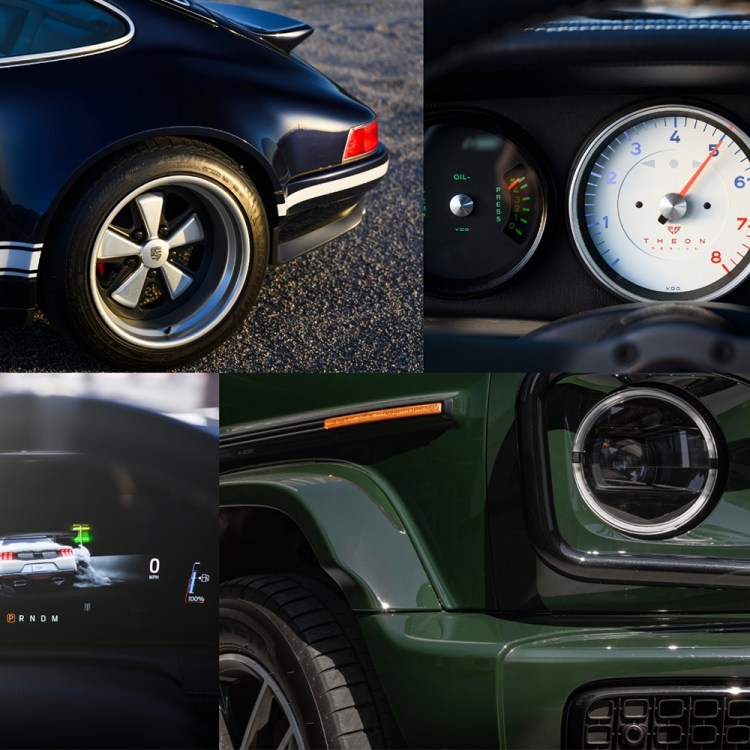The Ferrari Roma, the McLaren Artura, the Lamborghini Urus. If you’ve got $250,000 burning a hole in your pocket, these are a few of the luxury vehicles in your price range with the storied marques to match the expense. Today, a newcomer has entered this tier of automotive excess: the Lightyear 0. Never heard of it? Maybe that’s because it’s undergone a few changes since you last saw it.
The Lightyear 0 is the production-ready version of a solar-powered car that Netherlands-based company Lightyear has been developing for the past six years. Two years ago, they released a prototype called Lightyear One, and the name isn’t the only thing that’s changed since then. In 2019, they estimated the electric vehicle would cost €119,000; now that it’s actually available to order, they’ve set the price at €250,000 (a little north of $260,000). You could get about three base Lucid Air Pures for that coin.
Oh, and by the way, they’re capping production at 946 models. And it probably won’t make it to the U.S. anyway, according to CNET.
So what’s the big deal? By now we’re used to seeing groundbreaking but prohibitively expensive EVs that are only available to the one-percent. Well, according to Lightyear, the entire purpose of the Lightyear 0 is to prove their concept (that a real solar-powered car is indeed possible in 2022) and fund the production of an actually affordable model.
They’re using this launch-edition Lightyear 0 to “effectively introduce this new form of mobility to the market and move forward with Lightyear’s next model, which is being designed for high volume production at an accessible starting price point of €30,000 (production set for late 2024/early 2025).” A $32,000 solar-powered car? Count me in.
Speaking of, here’s what the company means when they say “world’s first solar car”: thanks to five square meters of “patented, double curved solar arrays” on top of the five-passenger car, the Lightyear 0 can charge up to 44 miles of range per day from the sun. (“Up to” being the operative phrase there.)
“Thanks to a solar yield of up to [6,835 miles] a year, drivers using Lightyear 0 for their daily commute [of 22 miles] can drive for months in the summer period before needing to plug into a public charger or household outlet,” Lightyear writes, “in climates such as the Netherlands, it would be two months and, in Spain or Portugal, as much as seven months.” You can also plug in the car like a normal battery-electric vehicle. The total range it’s capable of is about 388 miles, which is almost as much as the best Tesla.
Of course, Lightyear needs to prove this all by delivering cars and seeing how they perform under customer conditions. Right now, they’re planning on starting production in the fall and delivering the first cars “as early as November.”
If you live in Europe and have a quarter of a million in your car budget, please buy one of these so I can get my hands on a $30,000 one in three years.
Thanks for reading InsideHook. Sign up for our daily newsletter and be in the know.
